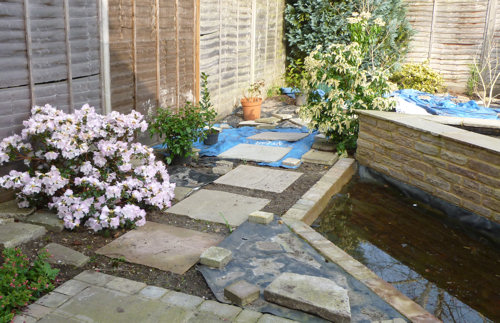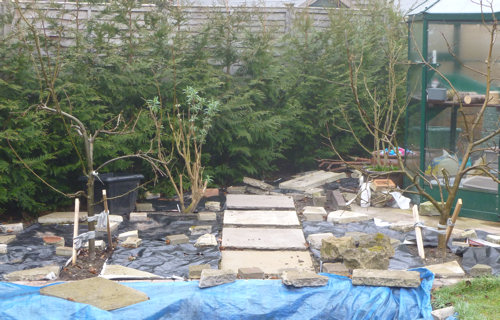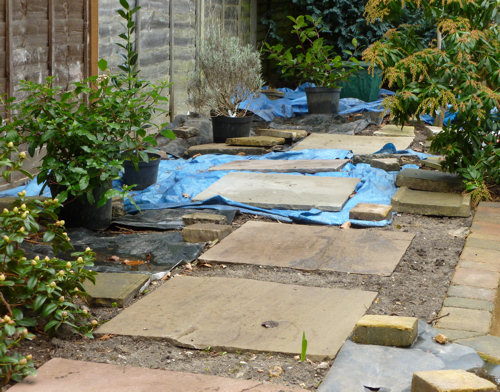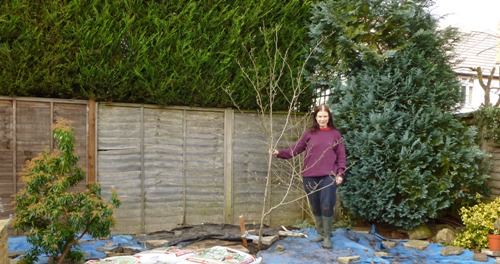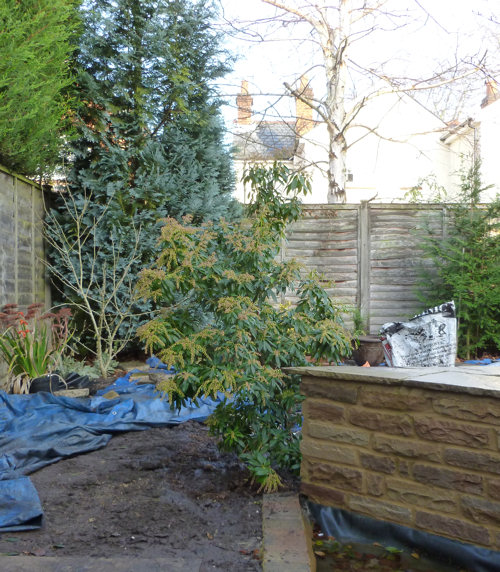I planted something in the right place!
I am pleased to find that I appear to have made a good decision in planting my pale pink very early rhododendron.
It is sheltered from the east wind by the pond, and I think this is the reason why most of the flowers are still pink and not brown, despite the late frosts we have had.
Last year I planted an offshoot of this rhododendron in a more exposed place in our communal planting areas, and this one has gone much browner.
With this rhododendron, there always is a gamble. It’s lovely to have pretty pink flowers out so early in the year, but they only work if the frosts stay away. But I think I did the right thing in choosing the place where I planted it in my garden.
Also in our communal areas, we have a good sized flock of hellebores, which have been breeding like crazy in the cold winters. Here is a seedling which I dug up, flowering for the first time.
People tell me that hellebore seedlings usually come out mud-coloured, but I think this one is pretty enough. This year I have dug up some more seedlings underneath the purplest of the hellebores, and in two years’ time I will see whether I have any purple ones.
There is no more progress to report because I am still waiting for J Parkers to send me my plants. I ordered them on 29 February, and they are supposed to be delivered within 28 days, so I hope I won’t have long to wait.
The hosepipe ban will start on 5 April. I have already started watering my pots and the newly-planted evergreens because it has been quite warm and dry recently. I have managed to get rid of a few more pots, but it’s going to be a lot of work to keep everything alive. Just for once, I am hoping for a wet summer.
